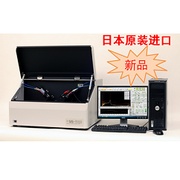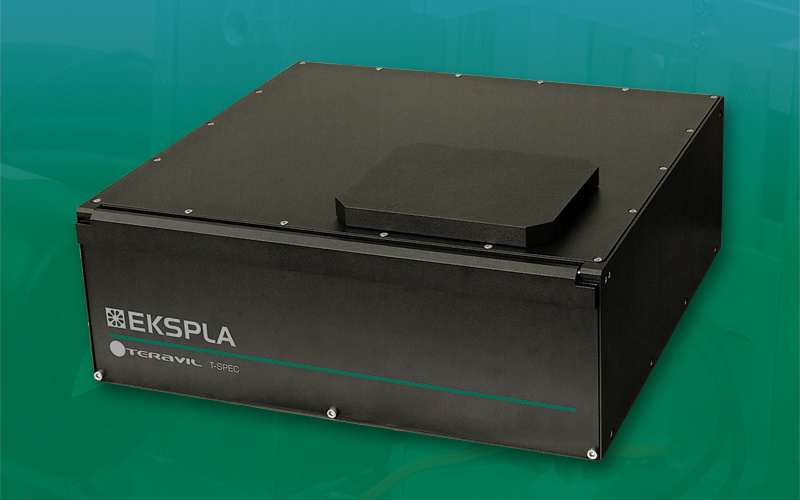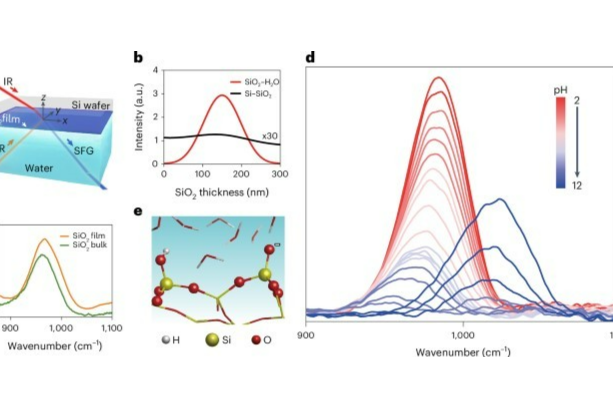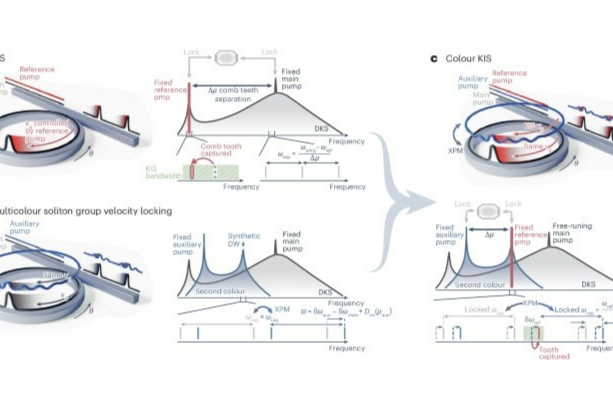Features
- Photoconductive antenna THz emitter and detector
- Build-in hyper-spherical high-resistivity silicon lens
- 0.1–3 THz spectral range
- Sub-picosecond temporal resolution
Applications
- THz time domain spectroscopy
- THz imaging
- Optical pump-THz probe spectroscopy
Introduction
The terahertz (THz) and sub-THz frequency region (100 GHz – 10 THz) of the electromagnetic spectrum bridges the gap between the microwaves and infrared. The “THz gap” is attractive because of many possible applications of terahertz radiation: absorption or reflection spectroscopy, imaging of biological and other objects, THz tomography, ultrafast pump-probe spectroscopy.
Ekspla introduces the main building blocks for any THz system – THz emitter and detector. THz emitter and/or THz detector consists of a microstrip photoconductive antenna fabricated on low-temperature grown GaAs (LT-GaAs) substrate pumped by ultrafast laser with shorter than 150 fs pulse duration. THz radiation is collected and collimated by integrated Si lens, mounted on X-Y stage. Photoconductive antenna geometry, parameters of the Si lens, as well as the properties of LT-GaAs epitaxial layers are optimized for highest THz radiation output efficiency while preserving optimal bandwidth. As a result, typical emitted THz radiation power exceeds 10 µW when pumped by mode-locked Ti:S laser with 100 mW output power and 150 fs pulse duration. FWHM bandwidth of detection system exceeds 700 GHz with usable spectral range of 0.1–3 THz.
THz imaging
THz radiation has an ability to penetrate deep into many organics
materials, which makes THz imaging attractive for imaging of biological samples. Image of the sample can be obtained by raster-scanning of
the sample trough the focused THz beam. Sub-millimeter resolution was reported in scientific literature.
Fig. 1. THz time domain spectrosopy optical layout
The most typical application of THz emitter and detector is THz Time Domain Spectroscopy (THz-TDS). THz-TDS setup is shown in Fig. 1. Subpicosecond pulses of THz radiation are detected
after propagation through a sample and an identical length of a free space. A comparison of the Fourier transforms of these pulse shapes gives the absorption spectra of the sample under investigation.
Pump-Probe THz Experiments
Femtosecond lasers let to investigate ultrafast nonequilibrium dynamics in semiconductors. For this aim, optical-pump-optical-probe techniques are usually employed. In such experiments, an intense optical pump pulse is used to excite free carriers in a sample, while a weaker probe beam monitors changes in its optical properties. In contrary to the optical probe, terahertz probe pulses are non-resonant with the band gap of semiconductor under investigation and, because of this, can be used as direct probes of free-carrier dynamics avoiding numerous experimental artefacts typical for optical-pump-optical-probe systems.
THz Spectroscopy Kit
Our “THz spectroscopy kit” contains all the components necessary to build THz-TDS system. The standard kit consists of photoconductive antenna THz emitter and detector, pump laser beam guiding optics, motorized delay line and bias power supply, THz beam guiding mirrors, sample holder and lock-in amplifier. All the components are assembled and tested on the baseplate of 60×80 cm dimensions. The configuration of the kit can be easily modified, for example, sample holder can be mounted on motorized X-Y stage for imaging experiments.

Fig. 2. THz pulse waveform (a) and spectrum (b)
Typical examples of data collected are shown in Fig. 2. The THz pulse waveform and its Fourier spectrum were measured without sample inserted between emitter and detector in ambient air or argon atmosphere. The distance between emitter and detector is 30 cm.
Requests for custom-made version are welcome!
相关产品
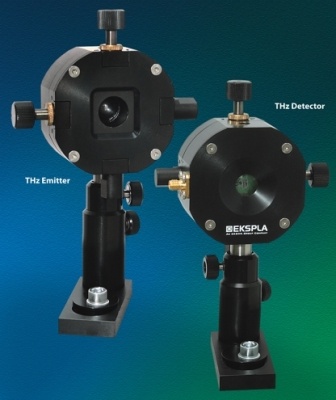
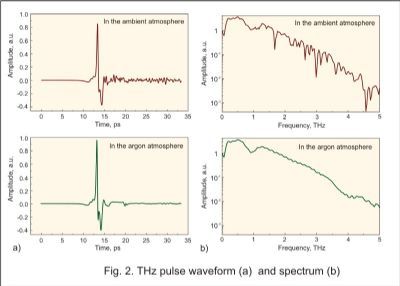
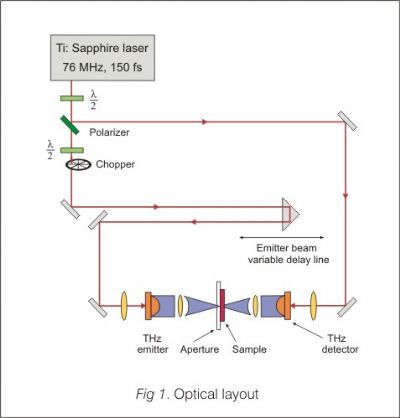


 仪器对比
仪器对比



 关注
关注
 样本下载
样本下载
